Local Garden Center: Getting The Most From Your Visit
Emily Fielder2024-01-04T08:49:23-06:00A home garden offers an excellent opportunity to impact the environment positively by attracting hummingbirds, butterflies and other pollinators, and more. It also promotes healthy eating habits by providing fresh vegetables and fruits. However, it’s more complex than simply going to the local garden center and buying and putting plants in the ground. If you’re a homeowner ready to elevate or start your garden, selecting the right plants for your yard – and its microclimates – is critical.
Fortunately, your local PlantTAGG-enabled garden center can help remove the guesswork. Here are a few tips to help you get the most from your local garden center.
Why Choose a Local Garden Center
First, let’s look at why you might choose to visit a local garden center.
Availability of Rare and Native Plant Species
If you want to add a few rare plants to your garden, your local garden center likely has you covered. They often stock more diverse plants and might even go the extra mile to locate a specific plant for you. Local garden centers typically stock several plants that are native to the area.
They Support Local Gardeners
Independent garden centers often buy seedlings and plant products from the locals. By shopping at your local garden center, you directly support the gardeners and farmers they buy from and help the local economy.
In-Store Care & Expertise
Local garden centers begin caring for the plants as soon as they arrive at the store. And many of the staff are knowledgeable about the plants. Eventually, the care and attention translate to better quality plants.
7 Tips for Shopping at a Local Garden Center
1 – Research Adequately
Before you visit the garden center, research the plants you want to grow. A quick look at the “Suggest a Plant” feature in the PlantTAGG app goes a long way in helping you select plants that will thrive in your specific microclimates. During your research, consider required plant care tips, including watering, fertilizer, light, and soil requirements. Answer a few questions about your yard, and PlantTAGG does the work for you. You can watch a quick overview video of this incredible feature below.
Another consideration is where you plan to put your garden. Will it be on the east side of the house with morning sun? Some plants thrive in lots of sunlight; others need shade to reach their full blooming potential.
If a garden in your neighborhood inspires you, let them know. Gardening is a great way to connect and watch new plants, flowers and friendships bloom!
2 – Schedule a Pre-visit to the Garden Center
You should schedule a pre-visit to the garden center with your list of questions and desired plants. Once there, check your list against available inventory and compare pricing. What you learn will help narrow your list based on cost and plant availability. During the pre-visit, remember to take pictures and notes for reference when making the purchase.
3 – Shop During Less Busy Days
If you live in a more populated area, consider visiting your local garden center during less-busy days. When the store is less crowded, you can spend more time looking for exactly what you want. Generally, garden centers are likely to be crowded during weekends and public holidays, so you should schedule your visit on a weekday to get the most out of your trip.
4 – Don’t Be Afraid to Ask Questions
If it is your first time shopping for plants, don’t be afraid to ask questions. The staff is usually happy to answer questions and provide helpful gardening tips. Many of them are master gardeners as well! Common questions to ask at a garden center include:
How often should I water the plants?
What amount of light is right?
Should I place the plants in containers or raised garden beds?
What materials should I add to the soil?
What fertilizer should I use when planting flowers?
5 – Know How to Select Between Annuals and Perennials
Annuals complete their life cycle in a single season. They often add pops of color and are ideal for different locations, including hanging baskets and containers. Conversely, perennials can survive several years when planted in the right conditions. They include trees, shrubs, and flowers like hibiscus, lavender, asters, and daylilies. Keep this in mind as you plan out your gardens.
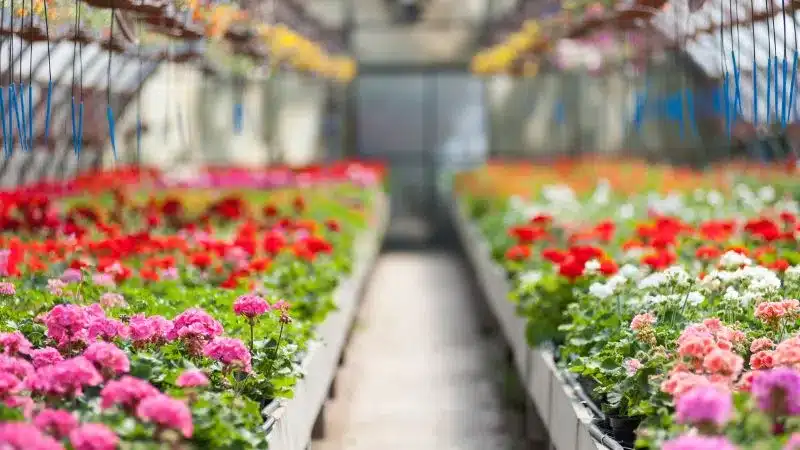
6 – Watch the Weather
Depending on where you live, fresh plants may get to your garden center before putting them in the ground is safe. Planting any flowers or vegetables while there’s still a risk of a freeze is a waste of both your gardening budget and time. Before the temps warm up for spring, focus on other gardening chores to prepare. For example, if there’s already a flower bed in place that is looking sad, pull off the dead leaves and twigs, turn over the soil, or start a compost pile or bin.
As you turn the soil, keep an eye out for earthworms. Earthworms indicate that your soil is healthy, which will be great for potential new plants. Take a look at the texture of your soil as well. If your ground is hard or sticky, you’ve got clay soil. If it’s easy to turn over and tan in color, it’s sandy. Over time, you can improve these soil types with an organic mulch that you can turn over again in the fall and spring.
7 – Don’t Overbuy & Crowd Plants
This tip is often the hardest – don’t overbuy! You may love the look of a colorful, vibrant garden, but crowded plants will struggle. Give everything plenty of room and carefully mulch around the base of your new plants. If you want a solid visual “pop” of color, place your new plants in a square so they can fill in fully.
Carefully review labels to make sure you’re getting plants of different heights. For example, many flowering annual plants, such as begonias, are short and should be at the front of the flower bed. You can plant zinnias behind these for a bit more height, then place a shrub behind the zinnias.
Let Your PlantTAGG-Enabled Local Garden Center Help!
Growing a home garden can be an exciting and rewarding experience. Even so, it can be challenging, particularly for beginner gardeners. PlantTAGG helps you quickly gather the information you need to kickstart your home garden. Backed by certified master gardeners, PlantTAGG helps you to discover the right plants for your garden based on your climate and location. So, whether you are considering starting a pollinator garden or building a raised vegetable bed, PlantTAGG removes the guesswork.
And working directly with a local garden center, especially a PlantTAGG-enabled one, sets you up for success!


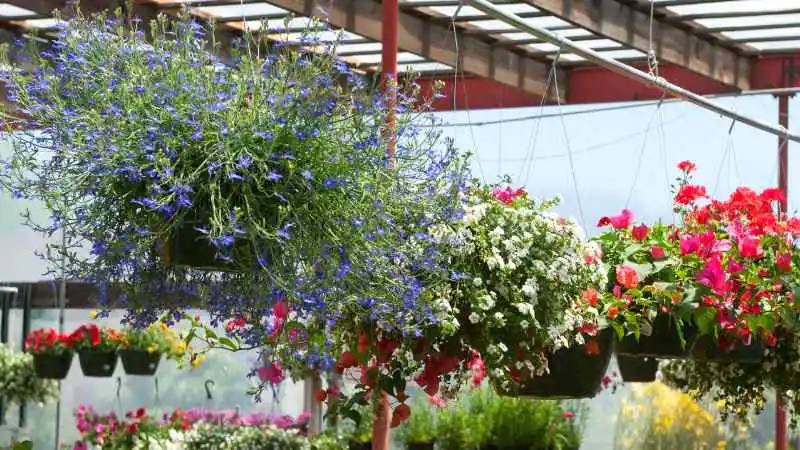
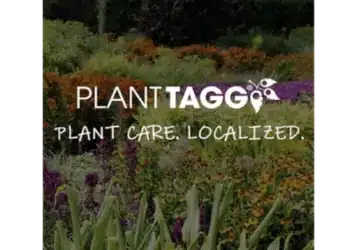
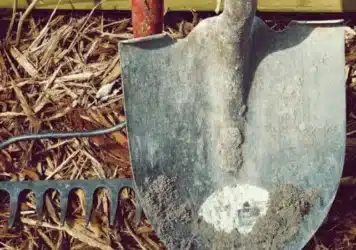
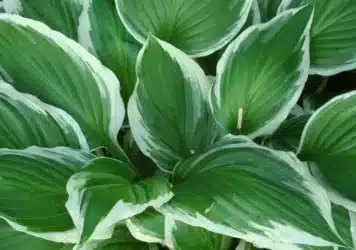
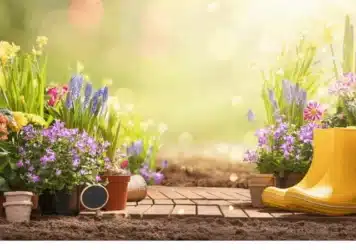
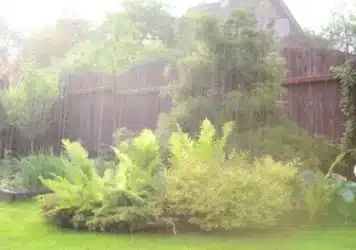

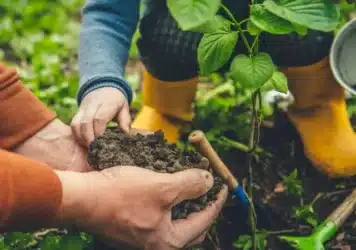
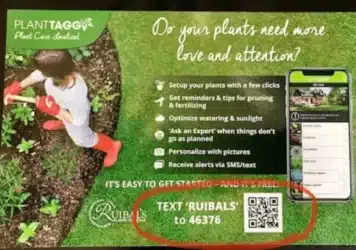

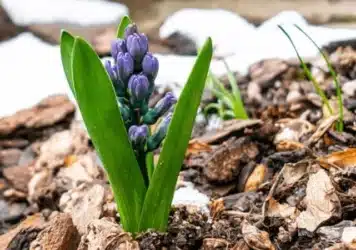
Leave a Reply